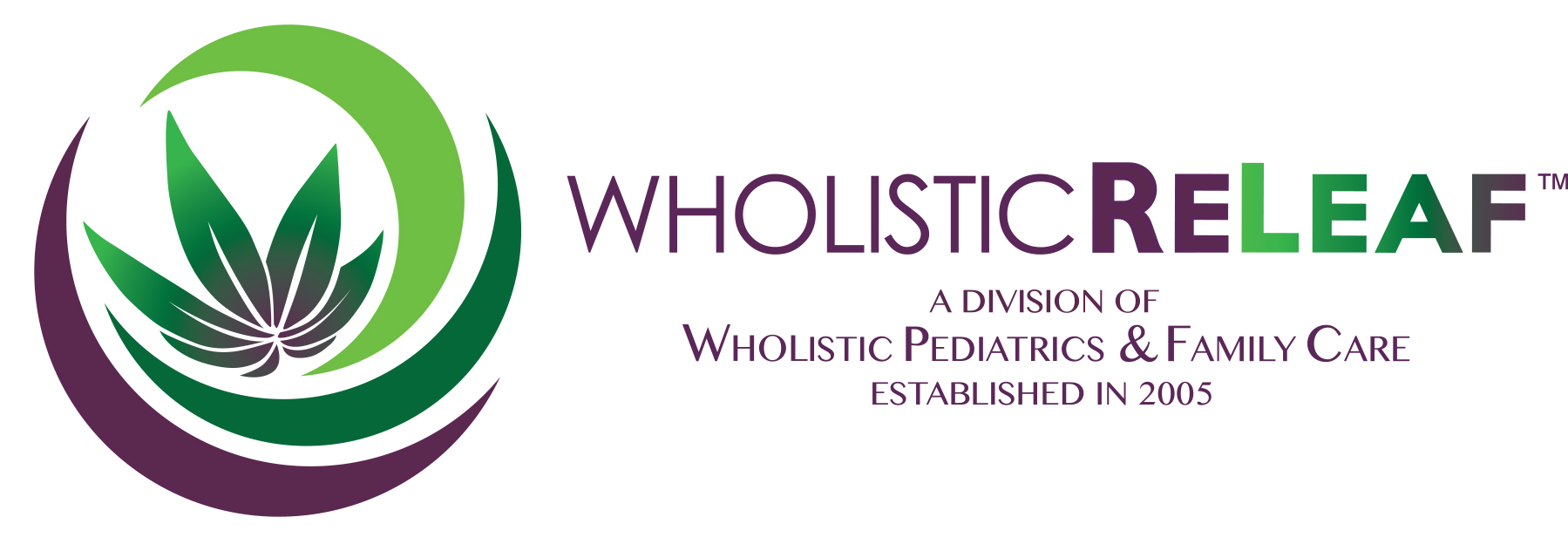I have recently been delving more deeply into the cellular function of our body’s endocannabinoid system (ECS). Named after the plant that led to its discovery (cannabis), the ECS is an essential physiological system for establishing and maintaining human health. Endocannabinoids and their receptors are abundant throughout the body; they are found in the brain, organs, connective tissues, glands, and immune cells. Within each tissue, the cannabinoid system performs different tasks, but the goal is always the same – homeostasis.
Homeostasis
Homeostasis is the maintenance of a stable internal environment despite fluctuations in the external environment. (See Introduction to the Endocannabinoid System http://norml.org/library/item/introduction-to-the-endocannabinoid-system)
The concept of homeostasis has been likened to the story of Goldilocks and the Three Bears – not too much, not too little, but just right! However, the more I contemplate the complexity of the endocannabinoid system, I view it more akin to the sport of bowling, where the most basic task is figuring out how to keep the ball rolling down the middle of the lane. Too far left or too far right and you’re in the gutter.
My Bowling Analogy
I was at the bowling alley with my family a few weeks ago. When the kids used the guard rails, they were easily able to keep the ball out of the gutter. If the ball rolled too far in one direction, the rails guided the ball back towards the middle.
This is what the endocannabinoid system does. If cells are overreacting, the ECS instantly recognizes it. Overstimulated cells send a cannabinoid signal back to the cell that caused the imbalance, asking for it to calm down. Similarly, when cells are underacting, the ECS recognizes this and the cells not being stimulated produce endocannabinoids to help themselves be better stimulated.
Pretty neat!
But what if the guard rails are not strong enough and a ball thrown hard can jump the rails? Or what if a big ball like the one from the Indiana Jones movie is rolled down the lane? It takes much more effort to roll the ball into the gutter when the rail system is functioning properly. When this happens in the body, it is because the endocannabinoid is not strong enough to prevent things from getting out of balance and homeostasis is lost despite the best efforts of the system. It appears the role of plant-based cannabinoids such as CBD and THC is to provide people with bigger and stronger rails.
The Immune System
The immune system operates this way as well. Too far in one direction leads to overactivity and hyperinflammation, which manifests as conditions such as autoimmunity, allergies, asthma, and eczema. Many mental and behavioral health issues (including autism, tic disorders, and anxiety) may also have hyperinflammatory components.
Though there has been an increase in research on the effects of cannabinoids on inflammatory conditions, there has been almost no research on how cannabinoids might affect people with weakened immune systems, which is an area of interest to me. The National Academy of Sciences recently provided a summary of findings, and I hope quality research emerges soon. (See (https://www.ncbi.nlm.nih.gov/books/NBK425755/box/box_8-2/?report=objectonly).
Having registered over 750 people into the Florida Medical Marijuana Use Registry, I have had no reports of anyone getting sick more frequently since starting medical cannabis treatment.
The Neurological System
The neurological system must maintain a similar state of homeostasis. When nerve cells are over-excited, symptoms such as seizures, tics, irritability, and pain can be triggered. In contrast, under-excitement of nerves, especially when accompanied by low stimulation of serotonin and dopamine receptors, is associated with anxiety, depression, insomnia, panic attacks, chronic pain, migraines, Fibromyalgia, PMS, irritable bowel syndrome, low sex drive, low attention and focus, and loss of motor control. (See https://www.integrativepsychiatry.net/serotonin.html and
https://www.integrativepsychiatry.net/dopamine.html). Interestingly, some of the side effects of elevated serotonin (e.g., agitation, restlessness, and confusion) are similar to what happens when a person takes too much THC. In that case, the effect of too much THC may be that the neurological system has become overwhelmed by serotonin. The serotonin ball has jumped the rail, and the patient lands in the gutter. (https://www.mayoclinic.org/diseases-conditions/serotonin-syndrome/symptoms-causes/syc-20354758)
The more I learn about medical cannabis therapy, the more evident it becomes that this treatment has the potential to help more people and a more extensive range of medical conditions than any other remedy available on earth.
If you or someone you know is suffering, medical cannabis might be right up your (or their) alley!
About Wholistic ReLeaf
Wholistic ReLeaf, founded in 2016 by Dr. David Berger of Wholistic Pediatric and Family Care, empowers families and patients to choose the best treatment approach available for their medical condition. The mission of Wholistic ReLeaf is to evaluate and certify qualified patients who meet the State of Florida legal requirements for receiving medical cannabis, and provide medical cannabis management and dosing consultations to patients certified by other Florida physicians. Wholistic ReLeaf is committed to providing patients with the best possible care, while also complying with the ever-shifting legal landscape of medical cannabis in the State of Florida.
For more information, or to find out if you or a patient you know may be eligible to use medical cannabis as part of a customized treatment plan, visit www.WholisticReLeaf.com.

